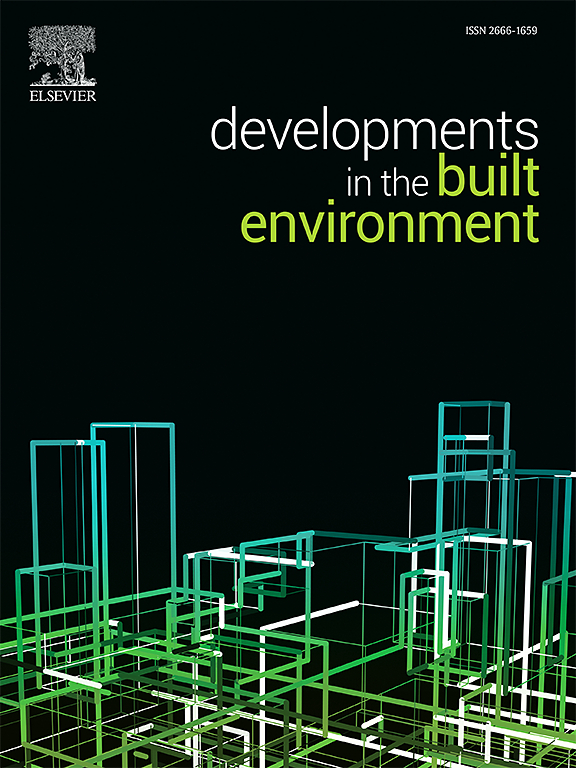Study on the pore structure of eco-regenerated mortar using corn cob based on nuclear magnetic resonance
IF 6.2
2区 工程技术
Q1 CONSTRUCTION & BUILDING TECHNOLOGY
引用次数: 0
Abstract
This study aims to investigate the influence of corn cob particles on pore structure of mortar. By using NMR technology, the pore parameters of fast-hardening sulfoaluminate cement mortar (SAC) and ordinary Portland cement mortar (PO) were measured and compared. The influence of corncob particles on the mechanical properties of eco-mortar was evaluated by uniaxial compression test. The results indicate that medium and large pores of both SAC and PO increases with corn cob particle, as well as the porosity. The fractal dimensions of harmful and multiple harmful pores are negatively correlated with the volume fraction of corn cob particles. The addition of corn cob particles reduced the overall fractal dimension of the mortar and decreased the complexity of internal pores. The probability density function of grayscale values transitions from being “thin and tall” to “short and wide”, with an increasing proportion of high grayscale values. This leads to an increase in the proportion of large pores within the mortar, resulting in a continuous deterioration of pore structure. The addition of corn cob particles greatly reduces the strength of SAC and PO, but the peak stress of SAC is higher than that of PO. When corn cob particle content is 30 wt% and 50 wt%, the peak stress of SAC is increased by 23.37% and 14.25%, respectively, compared with the peak stress of PO.
基于核磁共振的玉米芯生态再生砂浆孔隙结构研究
本研究旨在探讨玉米芯颗粒对砂浆孔隙结构的影响。利用核磁共振技术,测量并比较了快速硬化硫铝酸盐水泥砂浆(SAC)和普通硅酸盐水泥砂浆(PO)的孔隙参数。通过单轴压缩试验评估了玉米芯颗粒对生态砂浆机械性能的影响。结果表明,随着玉米芯颗粒的增加,SAC 和 PO 的中孔和大孔以及孔隙率也随之增加。有害孔隙和多重有害孔隙的分形尺寸与玉米芯颗粒的体积分数呈负相关。玉米芯颗粒的加入降低了砂浆的整体分形维度,并减少了内部孔隙的复杂性。灰度值的概率密度函数从 "又细又高 "过渡到 "又短又宽",灰度值高的比例越来越大。这导致砂浆内部大孔隙比例增加,导致孔隙结构不断恶化。玉米芯颗粒的加入大大降低了 SAC 和 PO 的强度,但 SAC 的峰值应力高于 PO。当玉米芯颗粒含量为 30 wt% 和 50 wt% 时,SAC 的峰值应力比 PO 的峰值应力分别增加了 23.37% 和 14.25%。
本文章由计算机程序翻译,如有差异,请以英文原文为准。
求助全文
约1分钟内获得全文
求助全文
来源期刊

Developments in the Built Environment
Multiple-
CiteScore
7.40
自引率
1.20%
发文量
31
审稿时长
22 days
期刊介绍:
Developments in the Built Environment (DIBE) is a recently established peer-reviewed gold open access journal, ensuring that all accepted articles are permanently and freely accessible. Focused on civil engineering and the built environment, DIBE publishes original papers and short communications. Encompassing topics such as construction materials and building sustainability, the journal adopts a holistic approach with the aim of benefiting the community.
 求助内容:
求助内容: 应助结果提醒方式:
应助结果提醒方式:


